#louis comfort tiffany
Text

Two High Jewelry Brooches Designed by Louis Comfort Tiffany for Tiffany & Co.
Top: Jade With Montana Sapphires
Bottom: Moonstone With Montana Sapphires
Source: Diamonds In The Library via Pinterest
#louis comfort tiffany#tiffany and co#tiffany#tiffany jewelry#moonstone#jade#montana sapphires#moonstone and montana sapphire brooch#jade and montana sapphire brooch#high jewelry#luxury jewelry#fine jewelry#fine jewellery pieces
51 notes
·
View notes
Text


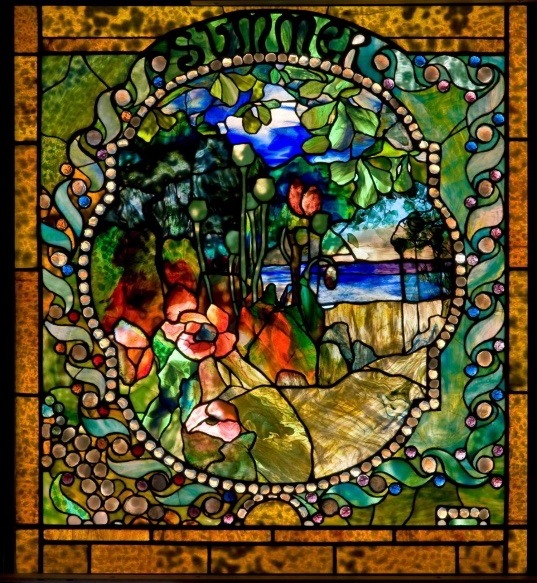
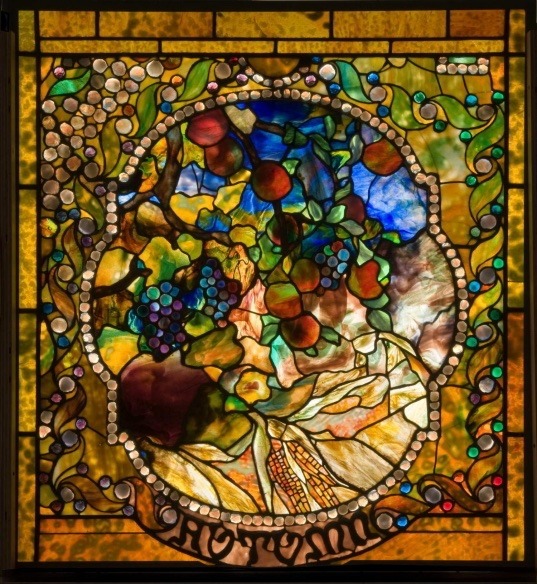
Louis Comfort Tiffany, Winter panel from the Four Seasons window, 1900
Louis Comfort Tiffany, Spring panel from the Four Seasons window, 1900
Louis Comfort Tiffany, Summer panel from the Four Seasons window, 1900
Louis Comfort Tiffany, Autumn panel from the Four Seasons window, 1900
#louis comfort tiffany#tiffany studios#tiffany#stained glass#stained glass window#arts and crafts#nature#nature art#american art#american artist#american artisans#artisan#glass art#art glass#modern art#art history#aesthetictumblr#tumblraesthetic#tumblrpic#tumblrpictures#tumblr art#aesthetic#beauty#tumblrstyle
17 notes
·
View notes
Photo
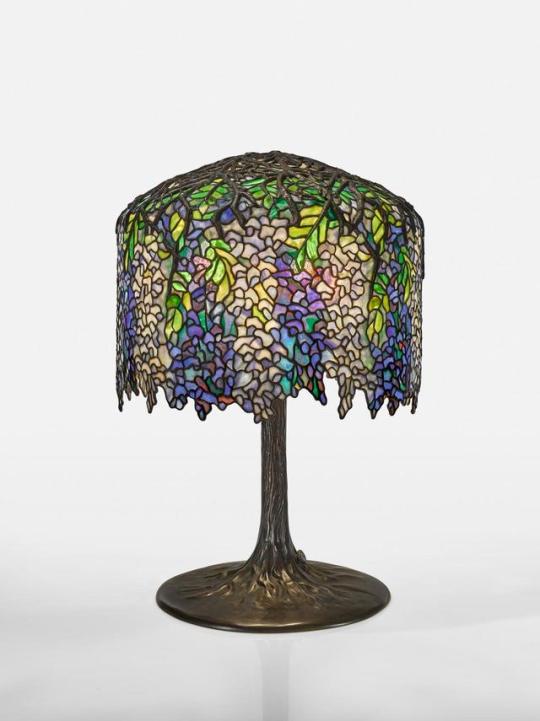
Wisteria Lamp
Tiffany and Co.
1903-1905
National Gallery of Victoria
#tiffany and co#louis comfort tiffany#1900s#art nouveau#antique furniture#turn of the century#tiffany#lamp#1903#1904#1905#20th century#glass#furniture#furnishings#national gallery of victoria#popular
5K notes
·
View notes
Text

Louis Comfort Tiffany, Stained Glass Window Design, date unknown. Watercolor, gouache and graphite on board
2K notes
·
View notes
Photo
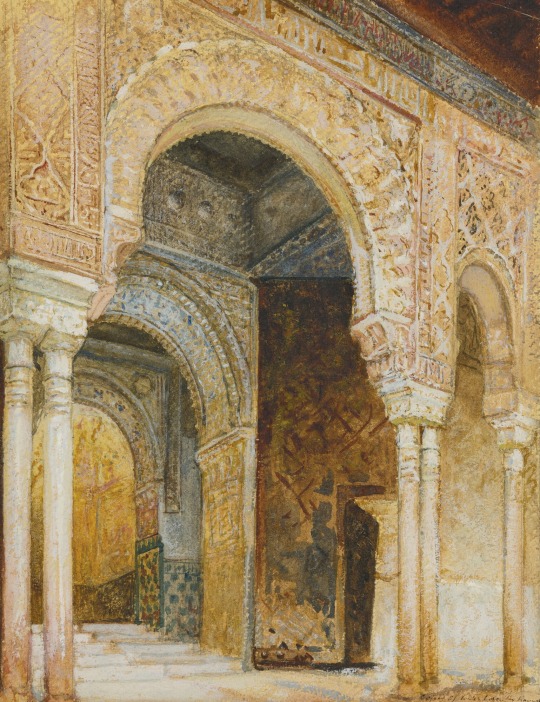
Arches in Alhambra, Louis Comfort Tiffany
427 notes
·
View notes
Photo
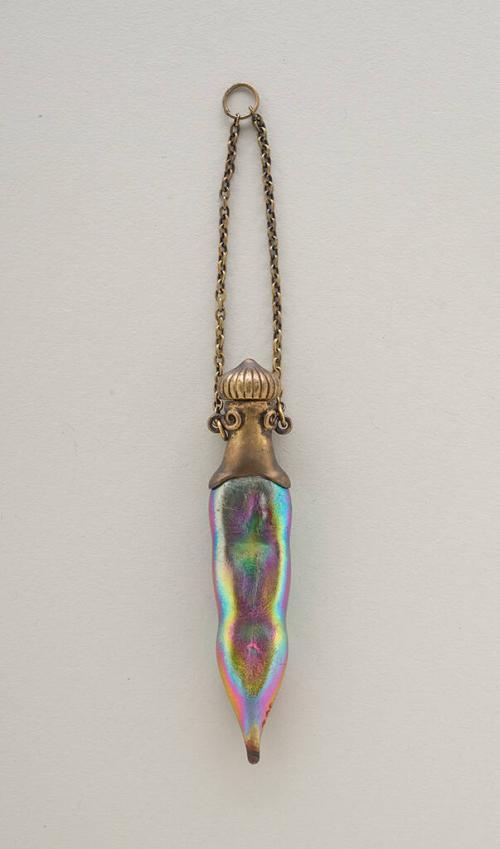
Favrile Glass Vinaigrette (Scent Bottle). Designed by Louis Comfort Tiffany, dated ca. 1900, made in Corona, New York, United States.
(Source: collection.artbma.org)
#perfume bottle#scent bottle#louis comfort tiffany#early 1900s#decorative arts#american design#art nouveau#favrile glass#iridescent#pink#green#yellow#beige
1K notes
·
View notes
Text
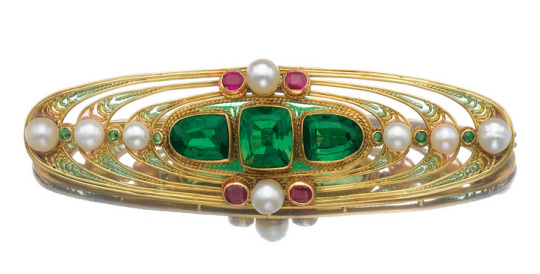
Brooch by Louis Comfort Tiffany, 1900. Sotheby’s.
81 notes
·
View notes
Text

The Jewelry and Enamels of Louis Comfort Tiffany, Necklace, 1903.
Exhibited: Salon of the Société des Artistes Français, Paris, 1906 Peacock and flamingo. Enamel, opal, amethyst, ruby, sapphire, demantoid garnet, emerald, chrysoberyl, pearl, gold
Tiffany & Co., New York City, 1837–present.
Designer: Louis Comfort Tiffany, American, 1848–1933 Jeweler: Julia Munson [Sherman], American, 1875–1971 Marks: TIFFANY & Co.
#tiffany#necklace#1903#louis comfort tiffany#art nouveau#art nouveau necklace#jewelry#art nouveau jewelry#louis c. tiffany#la belle epoque#belle epoque#art#jewellery#peacock#flamingo#enamel#opal#amethyst#ruby#sapphire#garnet#chrysoberyl#pearl#gold#Tiffany & Co#Tiffany & Co.
116 notes
·
View notes
Text

#i just really like this photo of the window taken in 1993#stained glass#louis comfort tiffany#fave art
208 notes
·
View notes
Photo
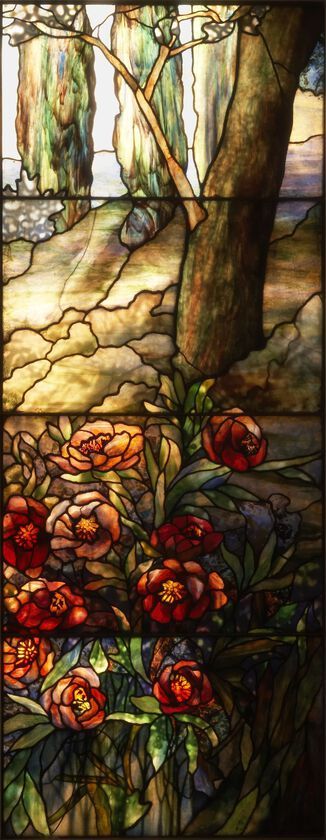
Window panel (1908-1912) by Louis Comfort Tiffany (American, 1848–1933). Made by Tiffany Studios.
Leaded glass.
Image and text information courtesy CMOA.
175 notes
·
View notes
Text

Magnolias and Irises, 1908
Louis Comfort Tiffany
#stained glass#tiffany#tiffany studios#louis comfort tiffany#the met#the metropolitan museum of art#art#art museum#new york city#new york#my photos
51 notes
·
View notes
Text

Louis Comfort Tiffany - A Corner of the 72nd Street Studio (1896)
This painting reveals an intriguing view of the studio that Louis Comfort Tiffany designed for his family’s lavish home in New York. An awestruck visitor described a “room so enormous it seemed … immeasurable. Colored lustres shed a soft, flowerlike light through the gloom… . A black fireplace in the middle of the room had four colossal hearths … [and] the chimney went up and up forever.” At the lower left, the artist’s wife, Louise, sits before one of the hearths, whose light appears almost to engulf her. (source)
106 notes
·
View notes
Text
For ##NationalPeacockDay + #MosaicMonday:
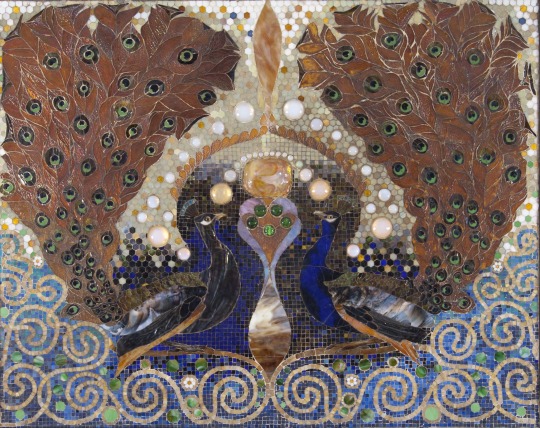
Louis Comfort Tiffany (American, 1848-1933)
Peacock Mosaic from the entrance hall of the Henry O. Havemeyer house, NY, 1890-1
favrile glass, pottery, plaster
52 x 64 x 4 in (132.08 x 162.56 x 10.16 cm)
Now in the UMMA collection.
#animals in art#animal holiday#birds in art#19th century art#bird#birds#peacock#Tiffany#Louis Comfort Tiffany#art glass#mosaic#National Peacock Day#Mosaic Monday#architectural art#American art#UMMA
12 notes
·
View notes
Text

Three-Light 'Lily' Table Lamp. Manufactured by Louis Comfort Tiffany, ca. 1904, New York; medium is cast bronze and yellow Favrile (iridescent) glass. From the Nasjonalmuseet collection in Oslo, Norway, inventory number: OK-1987-0123. Photo by the Nasjonalmuseet / Larsen, Frode.
(Source: nasjonalmuseet.no)
#table lamp#lighting design#early 1900s#louis comfort tiffany#tiffany studios#art nouveau#american design#plant motif#flowers#lilies#metal#bronze#glass#iridescent#yellow#brown
170 notes
·
View notes
Text
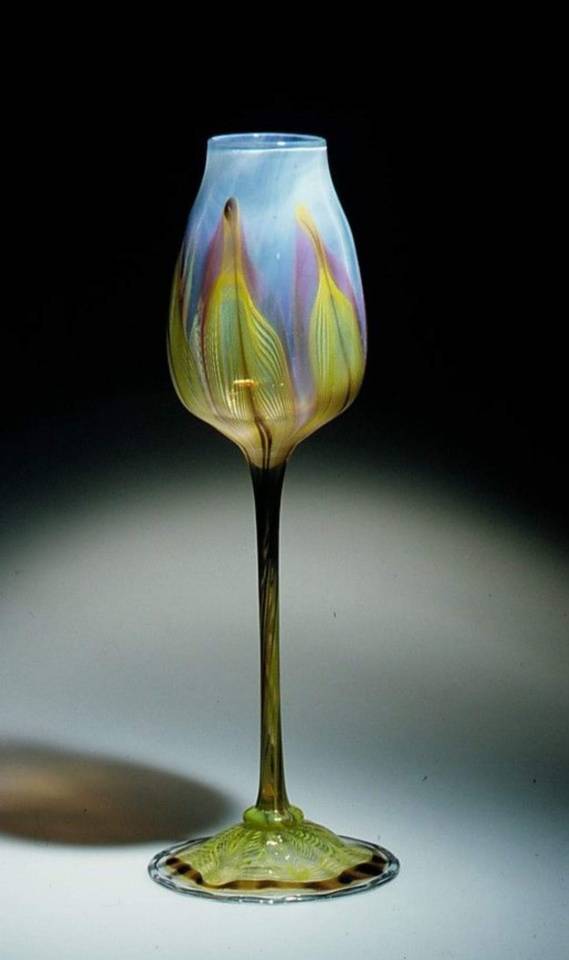
Louis Comfort Tiffany Vase - 1896
70 notes
·
View notes
Text


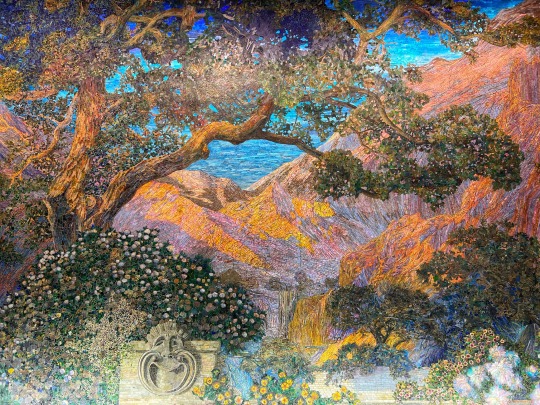

The Dream Garden, 1914–15; installed 1916, designed by Maxfield Parrish, constructed by Tiffany Studios (Collection of the Pennsylvania Academy of the Fine Arts. Partial bequest of John W. Merriam; partial purchase with funds provided by a grant from The Pew Charitable Trusts; partial gift of Bryn Maw College, The University of the Arts, and The Trustees of the University of Pennsylvania, 2001.15)
Maxfield Parrish's design was inspired by the real gardens he had built at his summer home in Cornish, New Hampshire. The artist envisioned fantastical spaces where a visitor would chance upon places of tremendous beauty and solitude, improved by careful placement of foliage and flowers, large classical urns, reflecting pools and fountains, walkways and steps.
#art#glass mosaic#the dream garden#maxfield parrish#louis comfort tiffany#curtis publishing company#favrile glass
22 notes
·
View notes